
Explore the primary maths curriculum
Learn about the primary maths curriculum and learn key concepts with our interactive practice questions for Reception to Year 6.
Click on a button below to get started!

Explore the primary maths curriculum
Learn about the primary maths curriculum and learn key concepts with our interactive practice questions for Reception to Year 6.
Click on a button below to get started!
Explore the primary maths curriculum
Learn about the primary maths curriculum and learn key concepts with our interactive practice questions for Reception to Year 6.
Click on a button below to get started!
What's covered in the primary school maths curriculum?
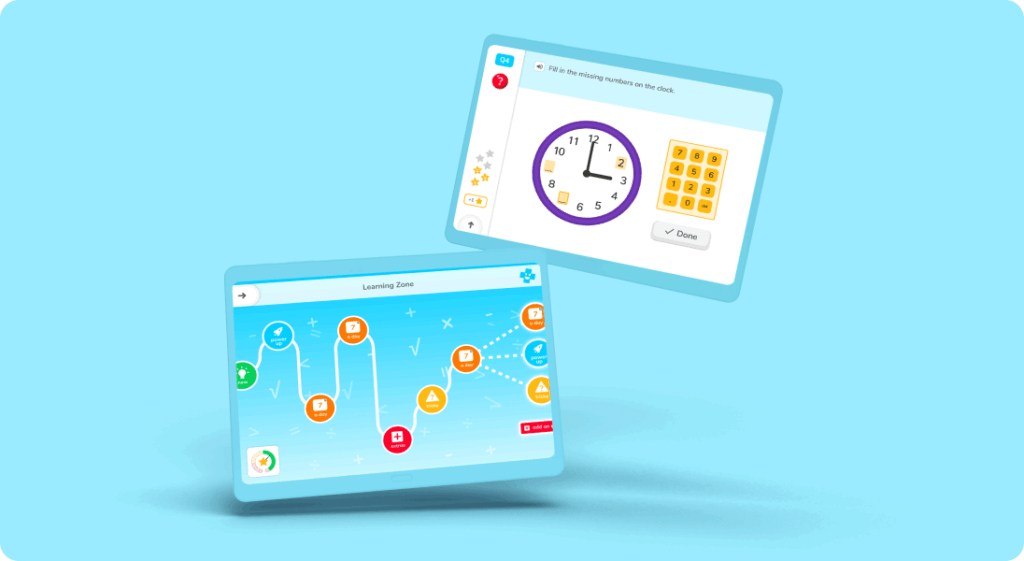
As outlined in the national curriculum, children in primary school develop their understanding of the fundamentals of mathematics and build their knowledge of addition, subtraction, multiplication and division throughout KS1 and KS2.
In Years 1 and 2, pupils use visual aids to help them build their understanding of mathematical methods. As they move up through school, they will begin to use more complex written methods to calculate solutions, while building their confidence in using mental arithmetic.

Children also look at the role and various forms numbers can take, such as whole, positive and negative numbers. By the end of Year 6, they will be able to round numbers to a given degree of accuracy and work confidently with negative numbers.
Throughout primary school, children also build on their knowledge of multiplications. By the end of Year 6, children will be able to instantly recall multiplications up to the 12 times table, and be able to use this knowledge in solving questions.
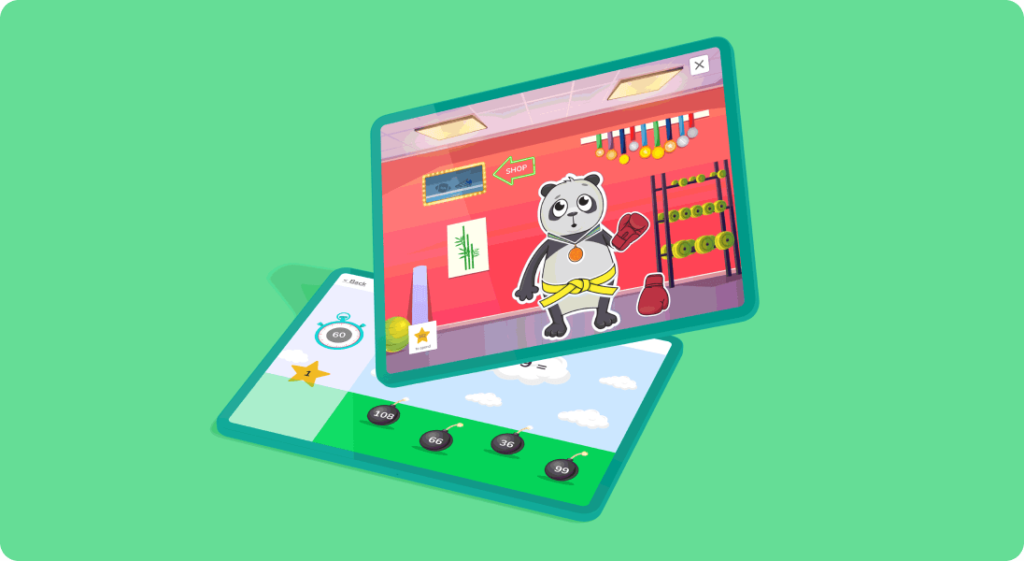
Children also build their understanding of measurements, including time, money and distance. By later years, they will be able to read, simplify and convert between them as required.
Children also learn about how data can be represented. From basic bar charts to axis on a grid, they will learn how to read and record data from an array of charts and diagrams.
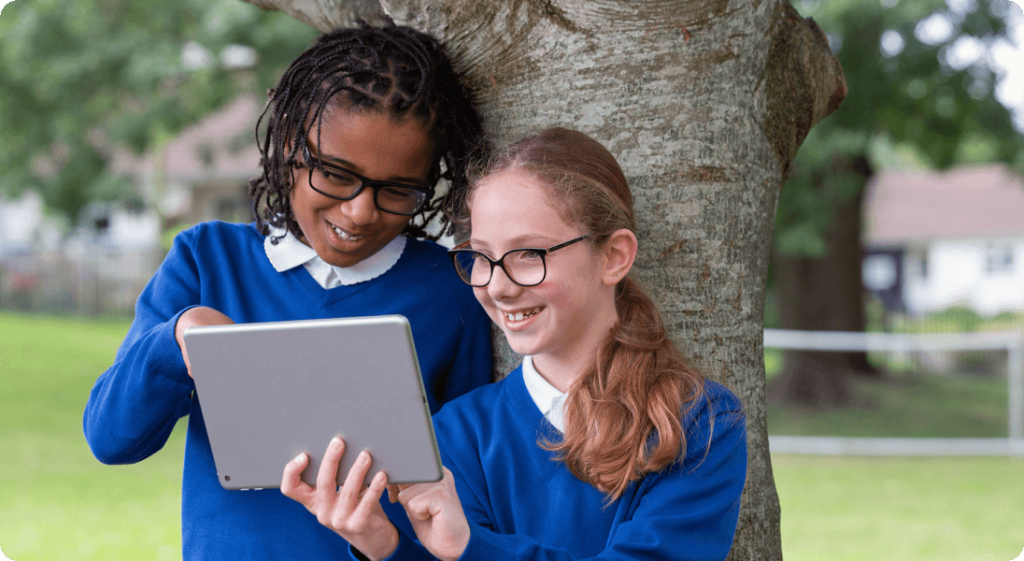
Pupils will also focus on building their knowledge of 2D and 3D shapes, lines and angles. As they progress through school, they will be able to name more complex shapes, and later record and draw angles and lines of symmetry.
What's covered in the primary school maths curriculum?
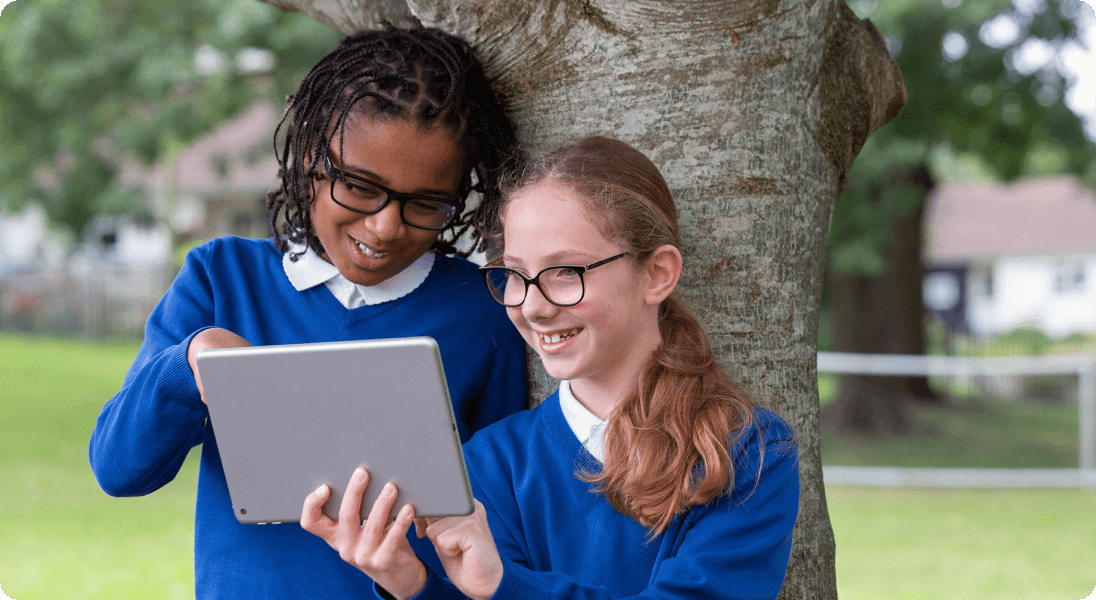
Addition, subtraction and division
As outlined in the national curriculum, children in primary school develop their understanding of the fundamentals of mathematics and build their knowledge of addition, subtraction, multiplication and division throughout KS1 and KS2.

Mathematical methods and number forms
In Years 1 and 2, pupils use visual aids to help them build their understanding of mathematical methods. As they move up through school, they’ll begin to use more complex written methods to calculate solutions, while building their confidence in using mental arithmetic.
Children also look at the various forms numbers can take, such as whole, positive and negative numbers. By the end of Year 6, they’ll be able to round numbers to a given degree of accuracy and work confidently with negative numbers.

Multiplication and measurements
Throughout primary school, children also build on their knowledge of multiplications. By the end of Year 6, children will be able to instantly recall multiplications up to the 12 times table, and be able to use this knowledge in solving questions.
Children also build their understanding of measurements, including time, money and distance. By later years, they will be able to read, simplify and convert between them as required.

Data and shapes
Children also learn about how data can be represented. From basic bar charts to axis on a grid, they will learn how to read and record data from an array of charts and diagrams.
Pupils will also focus on building their knowledge of 2D and 3D shapes, lines and angles. As they progress through school, they will be able to name more complex shapes, and later record and draw angles and lines of symmetry.
What's covered in the primary school maths curriculum?

Addition, subtraction and division
As outlined in the national curriculum, children in primary school develop their understanding of the fundamentals of maths and build their knowledge of addition, subtraction, multiplication and division throughout KS1 and KS2.
Mathematical methods and number forms
In Years 1 and 2, pupils use visual aids to help them build their understanding of mathematical methods. As they move up through school, they’ll begin to use more complex written methods to calculate solutions, while building their confidence in using mental arithmetic.
Children also look at the various forms numbers can take, such as whole, positive and negative numbers. By the end of Year 6, they’ll be able to round numbers to a given degree of accuracy and work confidently with negative numbers.

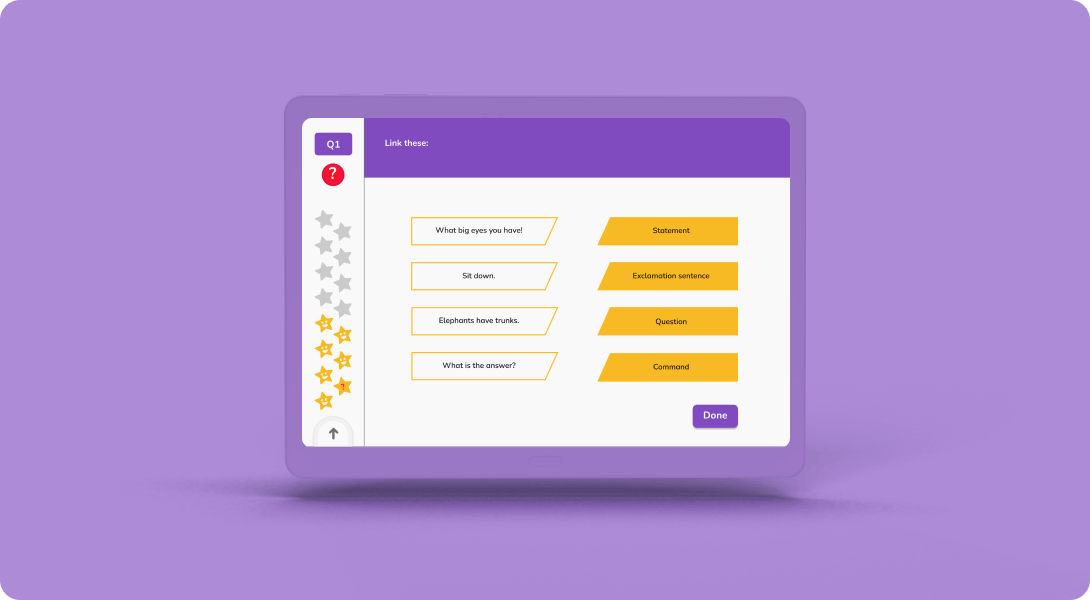
DoodleTables
Bring multiplications to life with DoodleTables, the immersive times tables app for ages 4-14.
Unlike many programmes, DoodleTables not only develops instant recall but also helps children to understand the relationships between numbers, helping them to memorise and master their times tables.
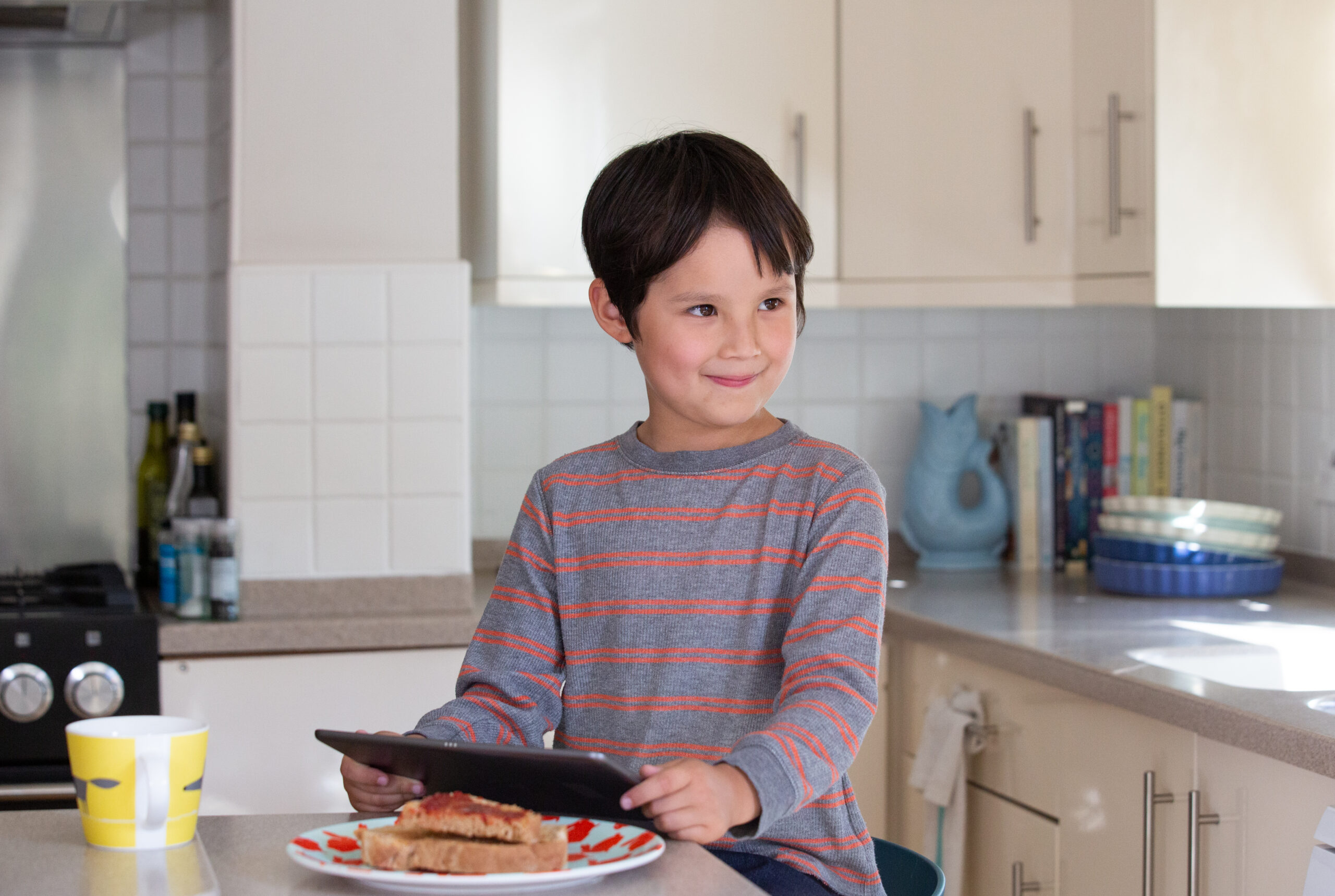
Multiplication and measurements
Throughout primary school, children also build on their knowledge of multiplications. By the end of Year 6, children will be able to instantly recall multiplications up to the 12 times table, and be able to use this knowledge in solving questions.
Children also build their understanding of measurements, including time, money and distance. By later years, they will be able to read, simplify and convert between them as required.
Data and shapes
Children also learn about how data can be represented. From basic bar charts to axis on a grid, they will learn how to read and record data from an array of charts and diagrams.
Pupils will also focus on building their knowledge of 2D and 3D shapes, lines and angles. As they progress through school, they will be able to name more complex shapes, and later record and draw angles and lines of symmetry.

DoodleSpell
Take pupils beyond ‘look, cover, write, check’ with DoodleSpell, the spelling programme filled with thousands of fun, interactive exercises.
Rather than simply teaching spellings, DoodleSpell helps children to understand the meaning behind words and how to use them in sentences, giving them a solid foundation to build on in school. You can even add your own spelling lists for a whole term in just a few clicks!





